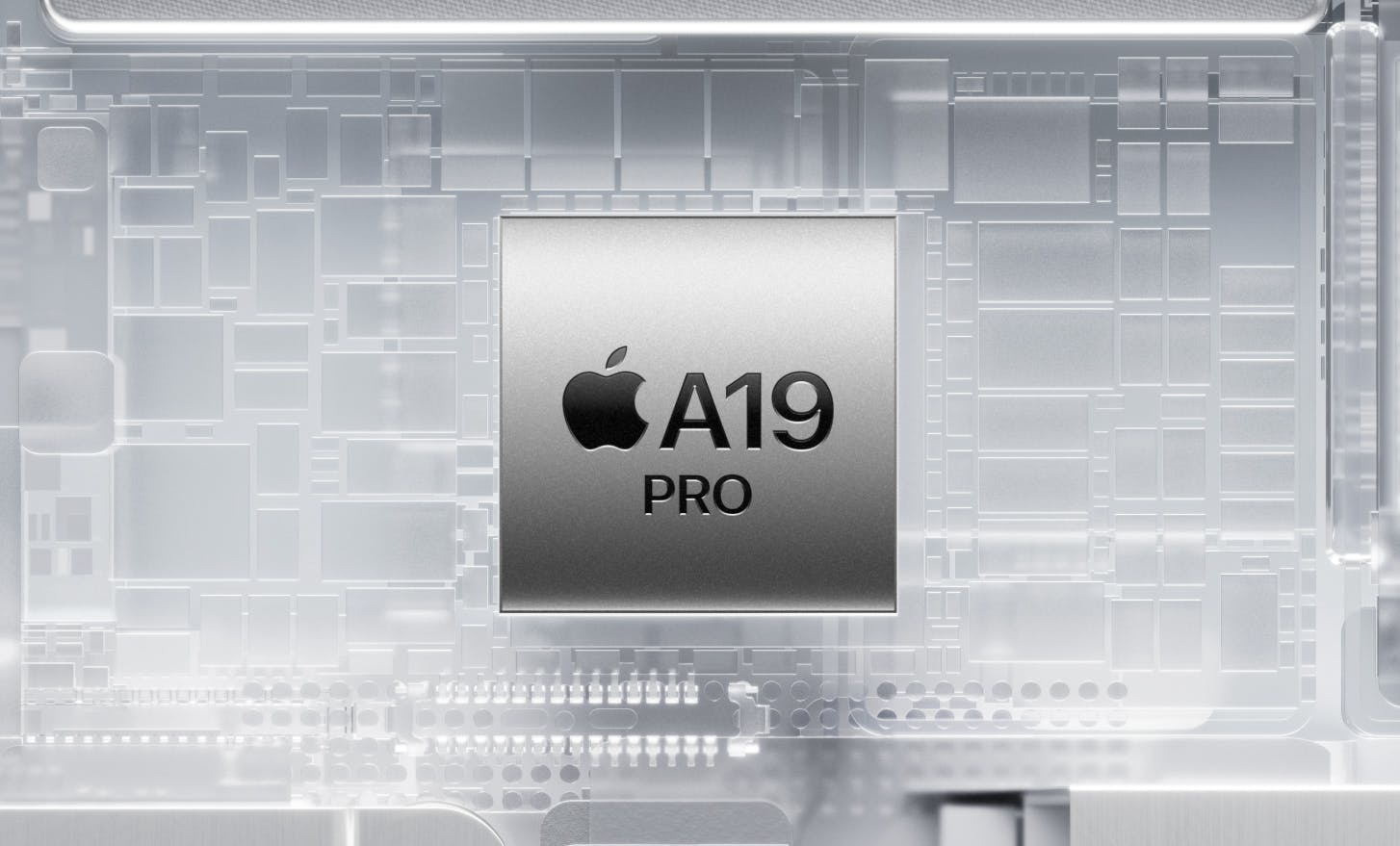Apple is packing a growing number of self-built custom chips into its gadgets
Fifteen years ago, Apple started on a journey to build its own custom chips. Today, more and more core functions are running on Apple silicon.
The sleek industrial design of Apple’s iPhones and watches was the obvious the star of last week’s product release event. But beneath the ceramic shields, proprietary alloys, and aluminum unibodies, you’ll find more and more chips that are custom designed by Apple.
For 15 years, the company has been steadily moving away from third-party chips in favor of designing its own. Apple has repeatedly shown the advantages of owning the entire “tech stack” — when you build the software and the hardware, you can optimize power consumption and enable custom features that your competitors can’t.
Apple designs its own chips, but most of them have been manufactured by TSMC in a close partnership that has made Apple one of the chip giant’s largest customers.
During last week’s Apple event — which introduced the new iPhone Air, iPhone 17 lineup, and refreshed Apple Watches — the company spotlighted two new custom Apple silicon chips. It showed off the N1, “a new Apple-designed wireless networking chip that enables Wi-Fi 7, Bluetooth 6, and Thread,” and the C1X, a second-generation cellular modem chip, which both debut in the new ultrathin iPhone Air.
A 15-year journey
After some collaborations with Samsung for its early iPhone chips, Apple’s A4 chip was the first one that the company touted as an Apple custom chip, which Steve Jobs debuted when he introduced the original iPad in 2010.
A decade later, in 2020, Apple moved away from Intel processors for its Mac computers. The M1 processor was a system on a chip (SoC), which packed a CPU, GPU, security, and I/O control all onto one chip. Designing a custom chip for the Mac allowed Apple to boost power and efficiency, as it controlled both the software and hardware. Apple said that the M1 resulted in twice the performance of an Intel-powered PC for one-quarter of the power.
The company has also pushed into cellular connectivity. While the iPhone 16 still used a cellular modem from Qualcomm, it introduced the first Apple-designed C1 cellular modem chip in the low-cost iPhone 16e.
Over the years, Apple has expanded its custom silicon to support more and more of the functions of its products.
Developing its own C series cellular modem chip was a major achievement, as it sits at heart of the iPhone’s core purpose: connecting to cellular networks for voice and data. On its first-quarter 2025 earnings call, when asked about the first-generation C1 chip, Apple CEO Tim Cook framed the effort as the beginning of a long-term strategy:
“We’re super excited to ship the first one and get it out there, and it’s gone well. We love that we can produce better products from a point of view of really focusing on battery life and other things that customers want, and so we have started on a journey, is the way I would put it.”
The next frontier
With so many of the existing features already switched over to Apple silicon, the company is now looking toward an area where it badly needs to catch up: AI.
The Wall Street Journal reported last year that Apple has been collaborating with TSMC on making its own AI chips for its data centers that will power features for Apple services, a move out of step with the rest of the industry, which has favored GPUs made by Nvidia.
Apple’s years of experience building custom chips gives it an edge over other tech companies like OpenAI, Amazon, and Google, which have recently started doing the same.
